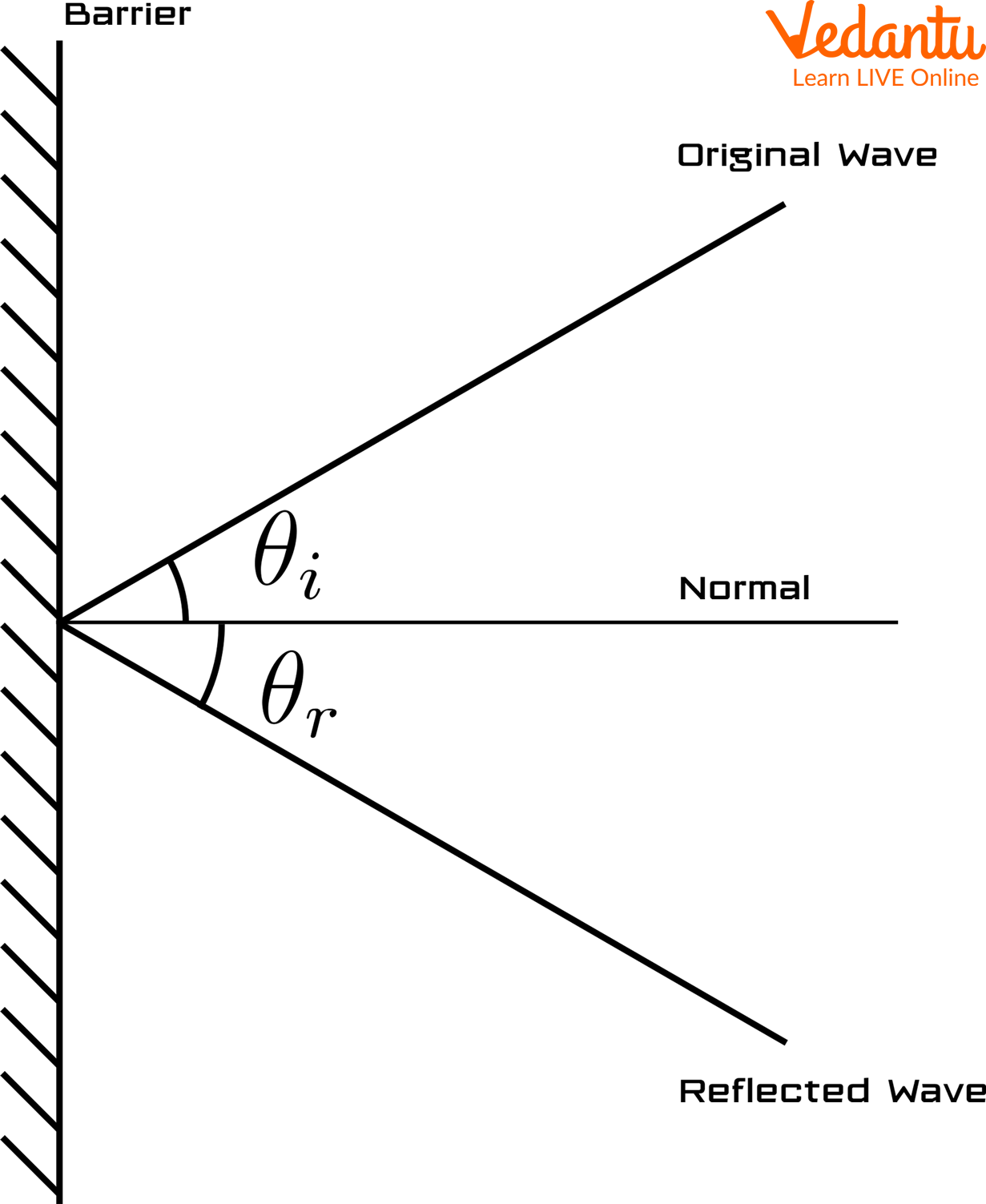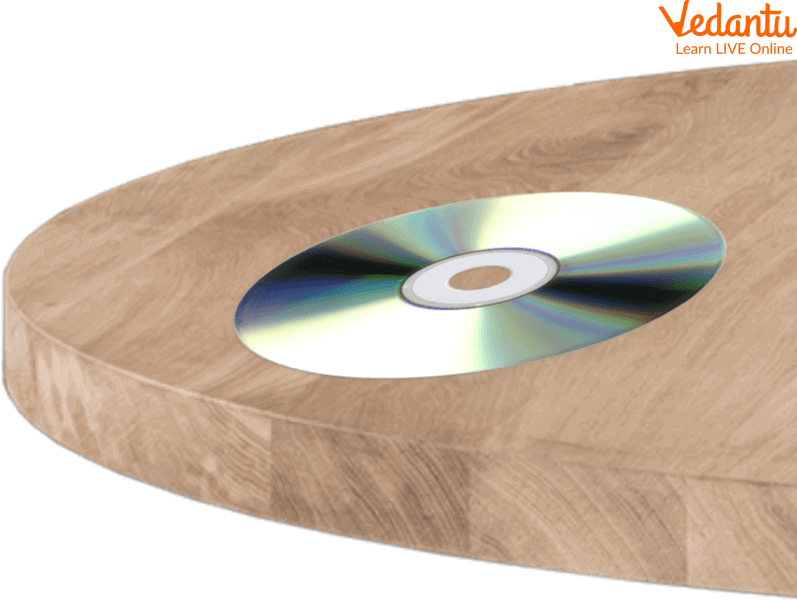




Introduction On Behaviour of Light as a Wave
An energetic disturbance known as a wave moves energy from one location to another in a consistent and structured manner. The surface waves that cross lakes and oceans are among the most well-known waves. The motion of all atoms exhibits wavelike characteristics, as do sound and light waves. Radio waves, for example, can be transformed to carry information. Wave research is crucial to both physical science and engineering.
Here we are going to learn about behaviours of light, behaviour of light as a wave, example of light wave reflection, etc. There are many ways to describe waves. For instance, mechanical waves are waves that must pass through a medium.
Reflection
One of the most significant wave-like behaviours of light is reflection. Light that has been reflected is visible to us through our eyes. The way light reflects off objects also has an impact on the colours we understand.
When the waves hit a different medium, some of the waves will bounce off the surface. The amount of light (and its wavelengths) reflected, as well as the amount of light absorbed or transmitted, depend on how reflective the surface is.
The same law of reflection that governs waves also applies to how light is reflected. This suggests that the angle of incidence of the incoming light wave and the angle of the reflected light wave will coincide.

Light Wave Reflection
Types of Reflection
Specular Reflection: When light rays are reflected from a surface in just one outward direction, it is known as a specular reflection. Mirror reflections are an illustration of this type. The microscopic flatness of polished silver or a body of water, for example, or other smooth surfaces, causes specular reflections.
Diffuse Reflection: When a surface reflects light in a wide variety of directions, it is said to be diffusing reflection. When a surface is rough on a microscopic scale, diffuse reflections result. Even though it might seem or feel smooth, like a piece of paper, the surface is actually rough at the microscopic level. Light beams are reflected at various angles as a result of this.

Specular Reflection Diffuse Reflection
Refraction
As light moves from one medium, such as the air, to another, such as the water, it will change its direction. Its "wave-like" behaviour is referred to as refraction. Like sound waves, light waves exhibit similar behaviour. Light waves change in speed when they go from one medium to another.
Index of Refraction
Scientists use the index of refraction to track how light will behave in various materials. This produces a ratio between the substance's speed and the speed of light in a vacuum. The equation for the index of refraction is as follows:
In the equation n = c/v, c stands for the speed of light in a vacuum, v for the speed of light inside the substance.
Consider water as an example, which has a 1.33 index of refraction. As a result, light moves 1.33 times more quickly through a vacuum than through water.
Diffraction
Diffraction is another characteristic of light that resembles a wave. Light waves will bend when they interact with an object or traverse a gap. Examples of how light is made different include the patterns of light that originate from a compact disc's surface and the silver lining that surrounds clouds.

Diffraction of Light
Interference
Interference occurs when two waves interact. The combined amplitude of the two interfering waves will be the size of the wave formed by the waves' collision.
Wave phase determines whether interference is beneficial or harmful. Positive interference occurs when the resulting wave is stronger than the interfering waves. Destructive interference is what is referred to when it has a smaller amplitude.

Constructive Interference Destructive Interference
Summary
The behaviour of light waves is consistent across the electromagnetic spectrum. Depending on the nature of the object and the light's wavelength, light waves that interact with objects are either transmitted, reflected, absorbed, refracted, polarised, diffracted, or scattered. In this article reflection of light for kids and nature, properties and behaviour of waves all are covered. There is also discussion about behaviour of light as a wave and example of light wave reflection.
FAQs on Behaviour of Light
1. What are the fundamental properties that describe the behaviour of light?
Light exhibits several fundamental properties. It is an electromagnetic wave that can travel through a vacuum. It moves in straight lines, a property known as rectilinear propagation. Most importantly, light has a dual nature, meaning it behaves as both a wave and a particle (photon) depending on the situation.
2. What are the three main ways light interacts with objects or matter?
When light strikes an object, it can interact in three primary ways:
- Reflection: The light bounces off the surface of the object. This is how we see non-luminous objects.
- Refraction: The light passes through the object but bends or changes direction. This happens when light moves from one medium to another, like from air to water.
- Absorption: The object takes in the light's energy, often converting it into heat.
3. What is the main difference between reflection and refraction of light?
The key difference lies in how light interacts with a medium's boundary. In reflection, light strikes a surface and bounces back into the same medium. In refraction, light passes from one medium into another, causing its speed and direction to change, which makes it bend.
4. Why does a pencil look bent when placed in a glass of water?
This is a classic example of refraction. Light travels from the part of the pencil in the water, then through the water's surface into the air, and finally to your eyes. As light exits the water and enters the air, it speeds up and bends. This bending of light makes the pencil appear disjointed or bent at the water's surface.
5. How does a rainbow form? What behaviour of light does it show?
A rainbow is a beautiful example of dispersion of light. When sunlight passes through raindrops, the water droplets act like tiny prisms. They split the white sunlight into its seven constituent colours (Violet, Indigo, Blue, Green, Yellow, Orange, Red) because each colour refracts at a slightly different angle.
6. How can light behave as both a wave and a particle?
This is called the wave-particle duality, a core concept in physics. In phenomena like interference and diffraction, light shows wave-like properties. However, in phenomena like the photoelectric effect, it behaves as a stream of discrete energy packets called photons, which are like particles. Both models are correct and necessary to fully explain how light behaves under different conditions.
7. What is diffraction and why don't we see it happening with light every day?
Diffraction is the slight bending of light as it passes around the edge of an object or through a very narrow opening. We don't notice it in daily life because this effect is only significant when the size of the opening or obstacle is comparable to the wavelength of light, which is extremely small.
8. What is the branch of physics that studies the behaviour of light?
The branch of physics dedicated to studying the properties and behaviour of light is called Optics. It covers everything from how lenses work in glasses to the principles behind fibre optic cables and lasers.









